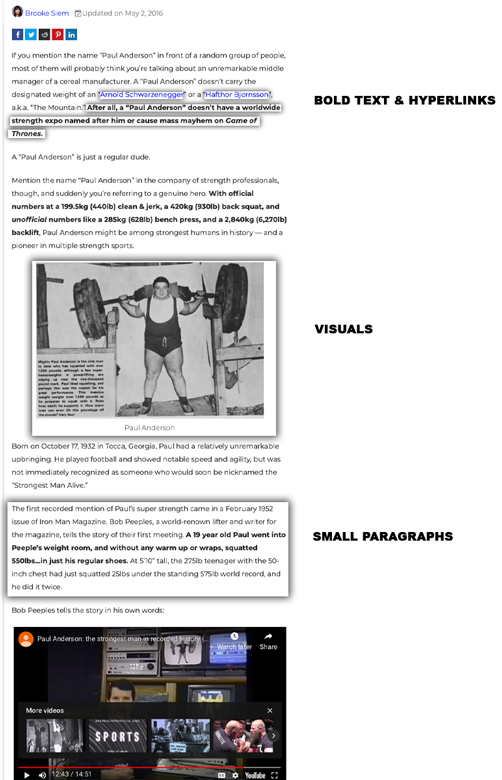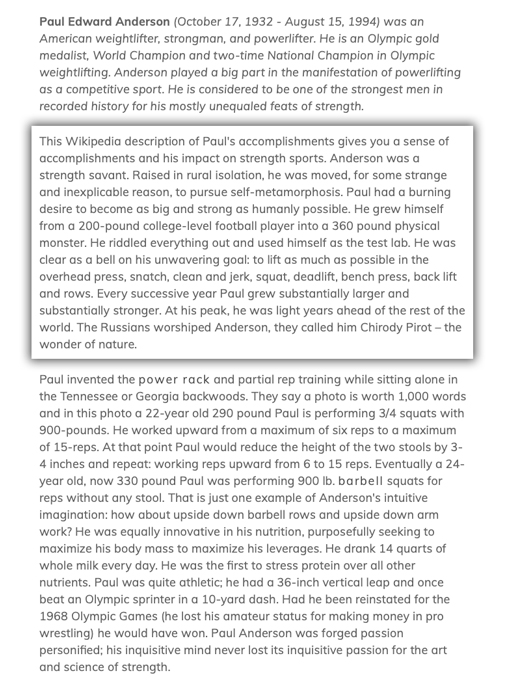Attention is the scarcest resource today. Every organization and person who has a digital footprint competes for eyeballs. Competition is fierce, and distractions are rife. Authors must engage readers in the blink of an eye or risk losing them to the next piece of content. Tolerance for poor writing is nonexistent—readers subconsciously click on the next link.
Thanks to smart devices, people are reading more online, and content creation is as simple as having access to a reliable WIFI connection. Knowing your medium, as well as the quality of your writing, will determine how much attention readers pay to your content.
Writing for screens differs from writing for print and has its own best practices. Knowing your medium and audience is crucial if your content is to standout in the digital landscape. A reader’s first impression is made before a sentence is read. Here are a few tips to make your webpage or post standout:
- Adopt a newspaper paragraph structure. Use short, inviting paragraphs no longer than three sentences.
- Invert the pyramid. Lead with the most important information. Assume readers are skimming content.
- Be Concise. Tell readers the information you need to directly. Avoid extra words and phrases whenever possible.
- Use Plain English. Save your impressive vocabulary for an audience you know will appreciate it. Be clear and conversational.
- Write for a 9th-grade reading level. People speed read online—you sacrifice eyeballs with complex sentences and paragraph structure.
- Assume Readers have No Prior Knowledge. Assume you’re introducing your subject to readers.
- Embrace bulleted lists. Bulleted lists are an effective and efficient way to relay information to readers.
- Include visuals. This is not a writing suggestion as much as it is a necessity in the digital landscape.
Dissecting an Effective and an Ineffective Blog Post
To illustrate the impact of writing in the digital landscape, I compared two blog posts. Readers will consume an effective blog post (i.e., read it). Conversely, they will abandon an ineffective blog post, leave it unfinished. A post needs to grab and keep the reader’s attention. The goal of any blog is information dissemination. Authors need to know how their blog is reached, read and for what purpose.
It starts with the reader. I’m a history buff with a sports fascination. During a recent lunch break, I tried to learn more about Paul Anderson, an Olympic Gold Medalist weightlifter and strength training pioneer. With a quick search, I found two blog posts: an effective post and an ineffective post.
Both posts are well written from a syntax standpoint. The BarBend post written by Brooke Siem is effective, while the Iron Company article by Marty Gallagher is not. The difference is context. Siem embraces the medium and uses it to its potential. However, Gallagher’s article is a veiled call to action—a failure in context.
The Effective Post
The effective post uses conversational language and is constructed in small reader-friendly paragraphs. It is also broken up with strategically placed visuals and videos that hide the article’s length. They separate the article, so readers are looking at no more than four digestible paragraphs at a time.
The article also uses bold text and hyperlinks, which adds an additional layer of visual variety to the post. Changing the weight of the text is another method of breaking up text blocks borrowed from newspapers. The benefit of hyperlinks is they demonstrate that an article is well researched, and they lend search engine credibility to the blog. By contrast, inactive (or “dead”) hyperlinks make a blog look less credible. The only negative about the Barbend post is that it includes a few inactive links.

The Ineffective Post
The Iron Company post is three large, uninviting text blocks. If I hadn’t been interested in the subject, I would have left the page immediately. The writing is decent from a syntax standpoint and contains interesting information (e.g., Paul Anderson drank 14 quarts of whole milk a day). The article has hyperlinks to products, which is understandable, because The Iron Company is a fitness equipment retailer. Combined with the short article length, the links feel like a call-to-action.
The purpose of the post is questionable. A blog is a vehicle for building brand awareness, not selling products. A blog should offer free value to establish and build viewer/customer trust. With trust established, customers will search for products on their own or be receptive to promotional content, e.g., email.
This post could be improved by breaking up the text blocks and changing the links to direct the reader to pages with guides on how to use the products or pages with exercise suggestions. Using bulleted lists to replace a few sentences would also improve its readability by making it easier to scan.

Writing for screens goes beyond mechanics and prose. Understanding how readers interact with screens will enable authors to improve content and build a relationship with readers. This simple understanding will pay dividends for an author trying to be heard in the digital landscape.
References
Content structure. Retrieved from https://guides.service.gov.au/content-guide/content-structure/
Gallagher, M. (2017, March 20). Forged passion personified paul anderson. Retrieved from https://www.ironcompany.com/blog/marty-gallagher-raw-forged-passion-paul-anderson/
Siem, B. (2016, May 2). How paul anderson became one of history’s strongest humans. Retrieved from https://barbend.com/how-paul-anderson-became-one-of-historys-strongest-humans/


Love it! This was useful, thank you, charismatic stranger!
LikeLike